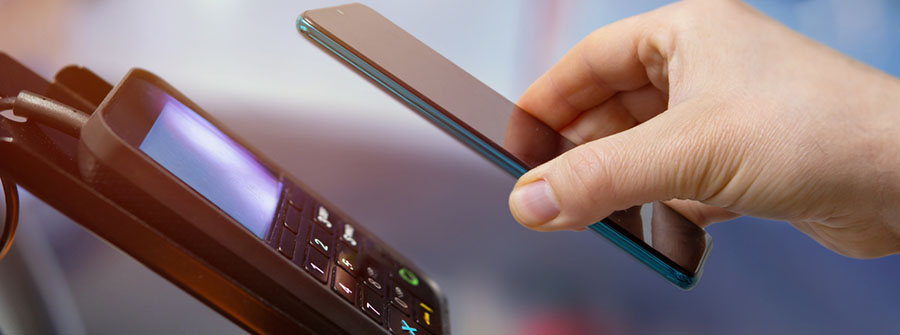How to Make Healthcare Payments More Convenient for Patient Payers

If you develop software applications for the healthcare vertical, you need to be mindful of a new challenge that your clients are facing. Instead of receiving payments primarily from insurers, healthcare providers are receiving a growing percentage of payments directly from patients.
There are several drivers behind this healthcare payment trend. Employers, trying to keep healthcare costs low, are opting for high deductible plans and health savings accounts (HSAs) or flexible spending accounts (FSAs), which means patients are responsible for payments until they meet their deductibles. Additionally, patients who purchase their own coverage may choose plans with higher copays to reduce their monthly cost.
It’s now necessary for healthcare organizations to not only view people as patients but also consumers and create positive payment experiences that contribute to a good impression of the care they receive. Here are six ways healthcare providers are adapting their payments and collections processes to accommodate the “patient payer,” which you need to keep in mind when designing software for this vertical.
1. Keeping patients informed
When patients are responsible for healthcare payments, they want to understand costs up front and make plans for how to pay. A HealthFirst Financial survey found that 77 percent of patients say it’s very important to know costs before treatment, and 53 percent want to discuss options for payment before receiving care. Solutions that healthcare providers use to communicate with patients can help securely facilitate those discussions.
2. Making bills easy to understand
Healthcare often results in bills from different providers at different times. A single procedure may result in bills, for example, from a surgeon, anesthesiologist, laboratory, and therapists. Your clients need to make it easy for their patients to connect the charge with the exact service they received. Your solution may be able to help patients quickly access bills and the supplemental information they need to understand the charges.
3. Requesting upfront payment
As patients evolve into consumers, the traditional medical billing process will become antiquated. In many instances, it’s more convenient for the patient and the healthcare provider to settle the bill at the time of service. Enable healthcare providers to accept credit and debit cards, as well as other forms of payment, and to have that information shared automatically with other software applications.
4. Online payment
If patients receive bills, enabling online payments is often the most convenient way for them to pay. Payments integrated with a healthcare providers website or patient portal can give patients added convenience.
5. Payment plans
According to a report from the Kaiser Family Foundation, the rate of out-of-pocket spending for healthcare is exceeding wage growth. The cost of healthcare services may exceed what patients can cover at the time of service, and they may need to set up payment plans. Tokenization technology can save patient and payment data and enable your healthcare provider clients to set up convenient recurring billing.
6. Handling overpayments
With both patients and insurers making healthcare payments, patients will occasionally overpay — perhaps before the provider has received notification that the patients’ deductible is met. Make sure you integrate your solution with a payment platform that can quickly refund the overpayment or give the patient the option to apply it to a future visit.
When Consumers Are Patients
Consumers, who have become accustomed to online and mobile shopping, payment apps, self-service kiosks, and easy and secure card-present payments expect fast, easy and convenient payment experiences everywhere — including their doctor’s offices. After they’ve placed a one-touch order from Amazon and bought coffee with their Starbucks app, it may feel like stepping back in time to receive a paper bill from a healthcare provider through the mail.
Integrating your software with a payments platform that gives your clients the ability to create convenient payment experiences for their patients can add value that your healthcare provider customers and prospects will quickly recognize.

Connect with Us
With business activities in 50 markets and 150+ currencies around the world, EVO is among the largest fully integrated merchant acquirers and payment processors in the world.
Related News

Finer Frames Streamlines Payments with EVO
Since 1999, Finer Frames in Eagle, Idaho, has provided innovative design, museum framing, restoration, art installation, and a range of…

4 Things A Field Services Business Should Look for in a Payment Processing Partner
Managing a field services business, such as a lawn care or plumbing business, is hard work. The last thing you…

Mobile Payments: Accepting Payments Their Way
The right devices and peripherals make all the difference. There is no doubt that customer expectations for quick and efficient…



